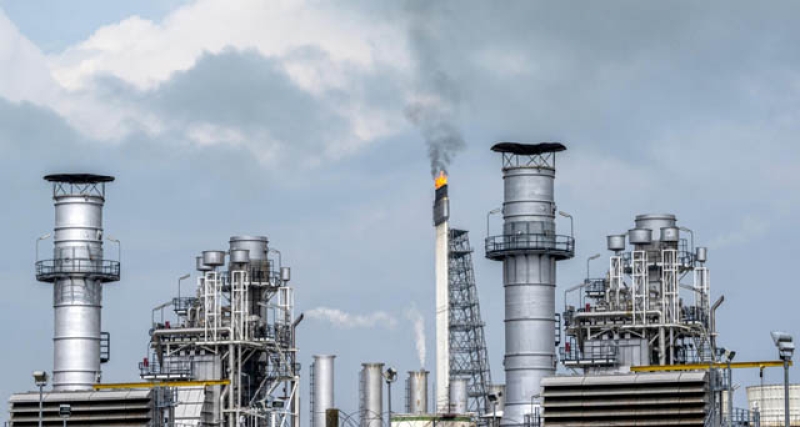- Stock market: DSE fails to sustain early gains, CSE extends rally |
- Illegal arms, disinformation pose major challenges to BD polls: Officials |
- BNP senses ‘dangerous conspiracy’ against democratic transition |
- CEC Vows Credible Election to End Stigma |
- High-level meeting reviews country’s economic progress |
Asia gas expansion threatens green transition: report

Southeast Asia is on track to vastly expand its gas-fired power plant and liquid natural gas import capacity, threatening its green energy transition, a report warned Thursday.
The region's existing plans project a doubling of gas-fired power capacity, and an 80 percent increase in LNG import capacity, said Global Energy Monitor (GEM), a US-based NGO.
Natural gas emits less carbon dioxide than most other fossil fuels, and so it is often considered a "transition fuel" that can help economies reduce emissions without sacrificing growth.
But methane leaks from the gas industry are a key component of climate change, and the International Energy Agency (IEA) has warned LNG should only have a "limited role" in moving away from coal.
"Beating coal on environmental grounds sets a low bar for natural gas, given there are lower-emissions and lower-cost alternatives to both fuels," it said in 2019.
Leading the LNG expansion in the region are Vietnam, the Philippines, Indonesia and Thailand, GEM said.
But the area already has enough large-scale solar and wind capacity in development to cover nearly two-thirds of the projected increase in energy demand by 2030, GEM added.
It acknowledged, however, that renewables potential is unevenly distributed across the region, with some countries better placed to harness wind or solar than others, reports BSS.
And grid infrastructure regionally is also a barrier, with upgrades needed to facilitate renewable integration.
That might make LNG appear more attractive, particularly where existing coal or diesel power plants can be converted.
"But ramping up gas production is not a long-term solution," said Warda Ajaz, project manager for GEM's Asia Gas Tracker.
"Meeting demand with cost-effective, renewable sources insulates the region from volatile gas prices and is a greener path forward."
The report warns that international finance is encouraging gas capacity expansion over renewables, in part by offering countries like Indonesia and Vietnam money to convert plants to LNG.
"Most of the in-development gas infrastructure capacity in Southeast Asian countries has not yet entered the construction phase," the report said.
"There is still time to change course and divert investments toward renewable resources and regional grid integration."

